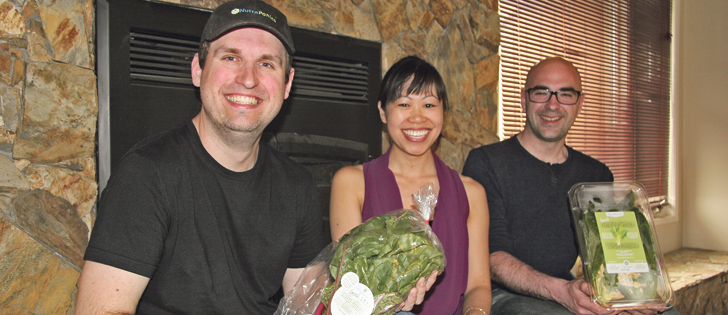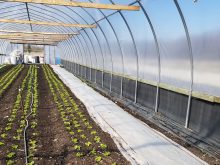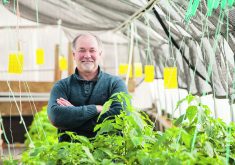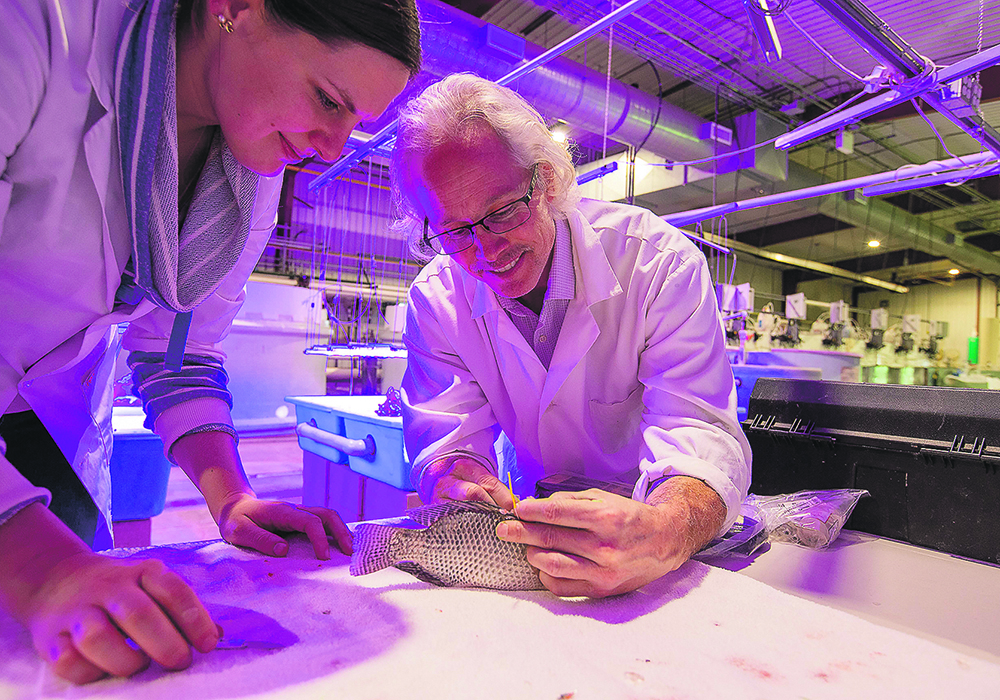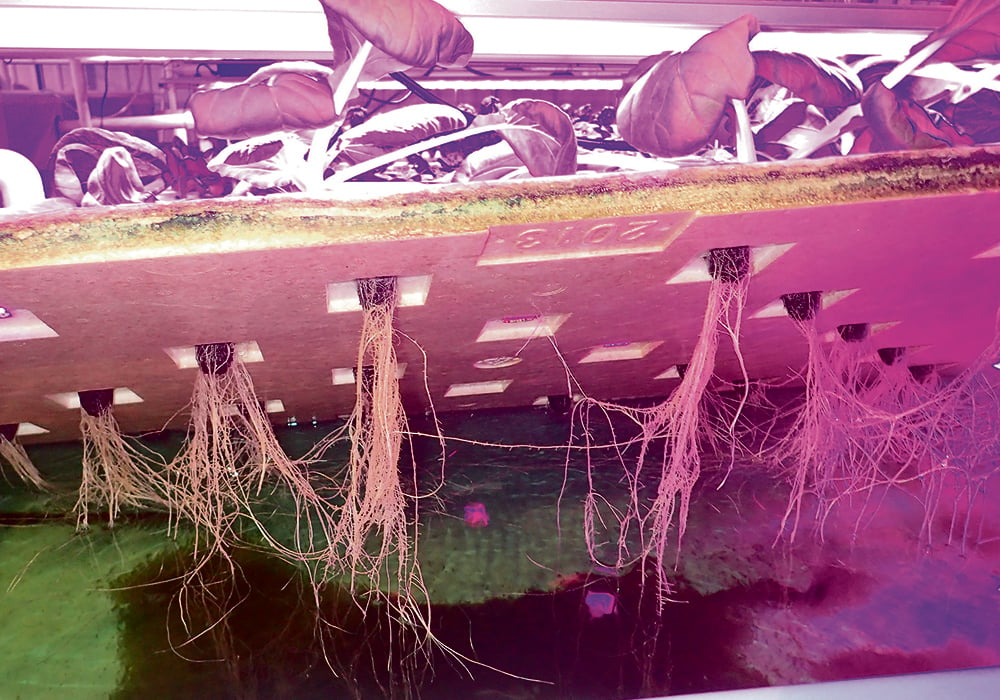SHERWOOD PARK, Alta. — Providing fresh local produce to Canadians year round could be achieved with a new farming concept that combines horticulture with aquaculture.
NutraPonics, which opened in 2015 near Sherwood Park, is dedicated to supplying the local produce market and supporting local suppliers.
Since last December, it has been selling fresh romaine lettuce, kale, Swiss chard, basil and arugula every week.
The produce is marketed through the Organic Box, a privately owned company in Edmonton that supplies its customers with individually selected orders of locally grown food through online sales and from a store front.
Read Also

Farming Smarter receives financial boost from Alberta government for potato research
Farming Smarter near Lethbridge got a boost to its research equipment, thanks to the Alberta government’s increase in funding for research associations.
“Everything is marketed as local. We are 32 kilometres from the Organic Box, so that is as local as you can get,” said Stephanie Bach, a plant scientist with the company.
Added chief executive officer Tanner Stewart: “We are hoping to provide less need for products from very far away.”
Stewart, who invested in the company two years ago, is among about 50 private shareholders in the company, which plans to franchise the concept of growing produce indoors in a controlled environment.
“Our model is to not build our own farms and create a massive amount of in-house production,” Stewart said.
“Our business model is to build and license these facilities.”
Former CEO Rick Purdy and a company owner started the system. Purdy researched hydroponics to grow food in water and added aquaponics to use byproducts from fish to create a new growing system.
This farm is considered a demonstration facility, where staff can research the best use of the fish, water and plant development.
There are three tanks full of tilapia fish. The nutrient-enriched water from the tanks is delivered to the plants, which are grown in five layers in a controlled atmosphere.
About 350 sq. metres of growing space are available, where plants are under red and blue LED lights and fed hydroponically.
Under Bach’s supervision, seeds are planted in a special volcanic rock growing medium from Ontario. They sprout within a week and are then transplanted to the main growing rooms. The plants can be harvested within four weeks for same day pickup by clients.
The company employs about 10 people and while each person might have an official job description, the reality is everyone helps with the fish as well as planting and harvesting.
There is no plan at this time to sell the fish.
“The economics of land-based fish farms is fairly fixed,” said Stewart.
“In order to do business, you really have to look at 200 tonnes of production per year to reach economies of scale. This is two tonnes a year.”
This farm sits on 19 acres, but Stewart envisions any empty urban warehouse as a viable growing operation.
Whitehorse, Yukon, will be the location of the next farm. The goal in the northern community is to grow and sell produce year round at a competitive price with less freight and a longer shelf life.
Stewart also hopes to develop a facility near his hometown in New Brunswick.
The produce is sold at a competitive price. For example, a bundle of romaine lettuce is offered at $4.99 in a 283 gram package.
“You have to be careful in an emerging industry like ours.” Stewart said.
“You really have to make sure you are focused on this as a business, you need to grow your produce at a certain price and you need to make sure your consumers are going to be happy to buy it at that price.”
He estimated that start-up costs are comparable to any new farm and considers this a stable business model with a decent rate of return on investment.
The difference could be a faster turnaround time from construction to the time saleable product is ready.
“Once we get up and running and all the capital costs are done, then we can produce on a consistent basis, week after week, in fairly short order after we turn the building on,” he said.




